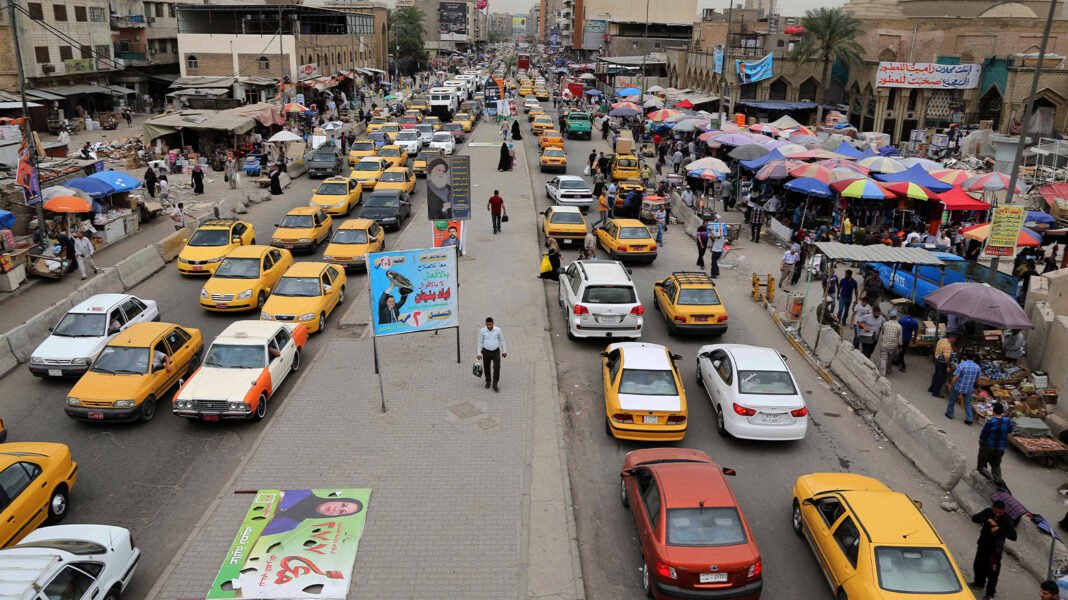Iraq’s debt ratio has edged up to 42.9 percent of GDP, reflecting a slight increase from the previous year’s 42.1 percent. Analysts note that this rise comes as Iraq continues to invest in infrastructure, energy, and public services to support economic growth.
Among Arab nations, Sudan has the highest debt ratio at 272 percent, followed by Lebanon at 164 percent. Kuwait records the lowest debt ratio at just 3 percent. In Europe, Greece tops the list with 154 percent, while Russia stands at 16 percent. These figures highlight Iraq’s moderate position in comparison to regional and global debt trends.
Mazhar Mohammed Saleh, Financial Adviser to the Iraqi Prime Minister, stated that Iraq’s public debt in 2025 remains under 33 percent of GDP. He emphasized that the country maintains a low-risk profile in global credit rankings. Saleh added that Iraq’s government continues to prioritize fiscal discipline and debt management while pursuing economic development projects.
Experts explain that Iraq’s debt ratio reflects the balance between public spending and economic output. The modest increase in debt is linked to government investments in critical sectors. For instance, infrastructure, healthcare, and energy projects have boosted GDP growth while requiring temporary financing.
Furthermore, analysts point out that Iraq debt ratio remains manageable. Compared to highly indebted countries in the region and worldwide, Iraq sustains a stable fiscal position. They stress that maintaining this trend requires ongoing monitoring, strict budget controls, and careful management of public expenditures.
Iraq’s debt ratio growth also signals confidence from international lenders and investors. Continued economic reforms, transparent budgeting, and private-sector development support this stability. Authorities aim to ensure that public debt does not compromise economic resilience or social programs.
Economists predict that Iraq can maintain its low-risk debt standing if it balances investment with revenue collection and debt servicing. They encourage the government to monitor global economic changes, oil price fluctuations, and regional fiscal policies.


